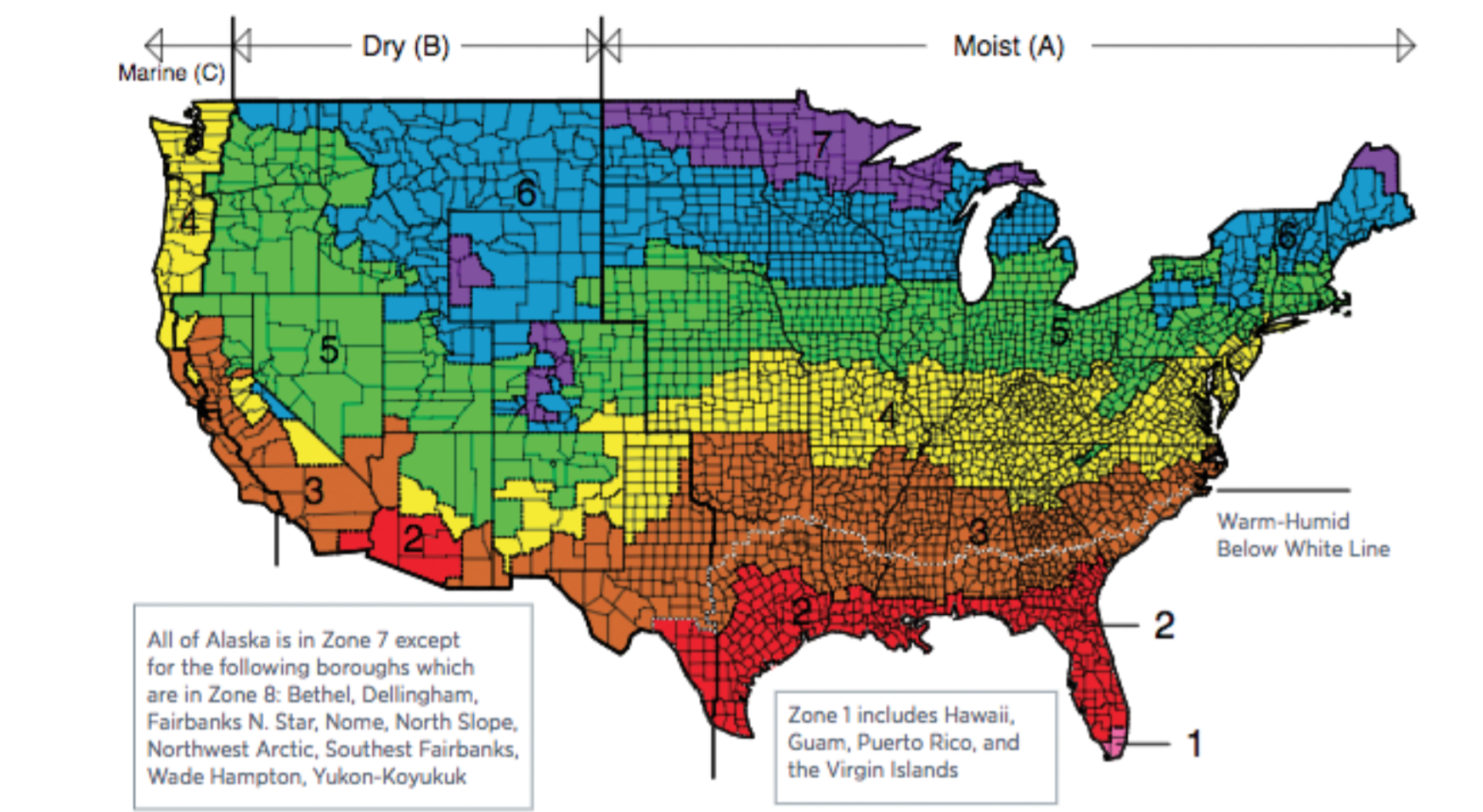

Modified requirements for exterior and interior lighting power densities to reflect new lighting levels in the IES Lighting Handbook. Improved clarity on defining exterior walls, building orientation, fault assumptions for the effective R-value of air spaces, and calculation procedures for insulating metal building walls. Increased stringency requirements for metal building roofs and walls, fenestration, and opaque doors.
#Nj ashrae 90.1 2016 verification
Two new climate zones (0A/B) have been added to all prescriptive requirements tables.Įnvelope verification in support of reduced air infiltration and increased requirements for air leakage of overhead coiling doors. Section 5.1.4 now cites ASHRAE Standard 169 as the source for climatic data, and Annex 1 contains extracts of tables and figures from that standard for the reader’s convenience. It also includes the following:įormat changes to improve usability and readability:Įxceptions separated, indented, and set apart with a smaller font sizeĬhanges to table formats to provide contrast between rowsĪ new Reference Standard Reproduction Annex 1 is provided at the end of the document. This 2016 edition comprises numerous energy-saving measures and incorporates changes from more than 125 addenda.

It is an indispensable reference for engineers and other professionals involved in design of buildings and building systems. It offers, in detail, the minimum energy efficiency requirements for design and construction of new buildings and their systems, new portions of buildings and their systems, and new systems and equipment in existing buildings, as well as criteria for determining compliance with these requirements. This standard provides the minimum requirements for energy-efficient design of most buildings, except low-rise residential buildings.

Standard 90.1 has been a benchmark for commercial building energy codes in the United States and a key basis for codes and standards around the world for more than 35 years.


 0 kommentar(er)
0 kommentar(er)
